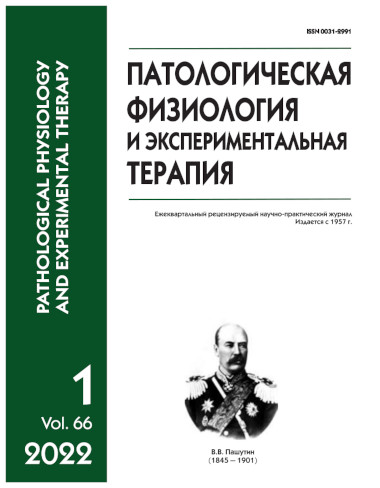Polymorphism of endothelial cells on the surface of mitral valves and microcirculatory vessels in infectious endocarditis
Abstract
Aim. To investigate the structural features of endothelial cells of the surface layer of the mitral valve leaflet and microvascular bed, as well as interstitial cells in infective endocarditis (IE) of the mitral valve leaflets and to discuss their role in the development of the pathological process. Methods. We examined 14 mitral valves extracted during surgical interventions for structural incompetence due to IE. The samples were fixed in buffered paraformaldehyde with post-fixation in osmium tetroxide. After dehydration in alcohols of increasing concentration and acetone, the samples were placed in epoxy resin. After resin polymerization, the specimens were ground and then polished to the desired specimen depth. To increase the electronic contrast, the samples were treated with an alcohol solution of uranyl acetate during dehydration and with lead citrate, according to Reynolds method, after polishing the epoxy blocks. The samples were visualized by scanning electron microscopy with detection of backscattered electrons at an accelerating voltage of 15 kV. Results. Structural changes in endothelial cells were evident on the surface of the valves. The degree of these changes depended on the state of the underlying valve structure. Minimal changes in endothelial structure were associated with the maximal structural preservation of the leaflet. The maximal changes in endothelial structure were near the zones of leaflet necrosis and other serious manifestations of IE. Simultaneously with structural disorders of the endothelium, activation of interstitial cells was noted. As the pathological process progressed, these cells migrated towards the endothelium, and formed a layer of cells parallel to it. In microcirculatory vessels, endothelial cell polymorphism was also observed. In these vessels, diapedesis with migration of granulocytes into the valves was noted. Neoangiogenesis in the affected areas of the valves was noted. Conclusion. The results showed processes in the cusps of mitral valves with IE that aim to maintain the structural integrity of the endothelium and of the cusps. The end result of these processes is the replacement of damaged endothelial cells with interstitial cells and activation of neoangiogenesis in the thickness of the cusps.






